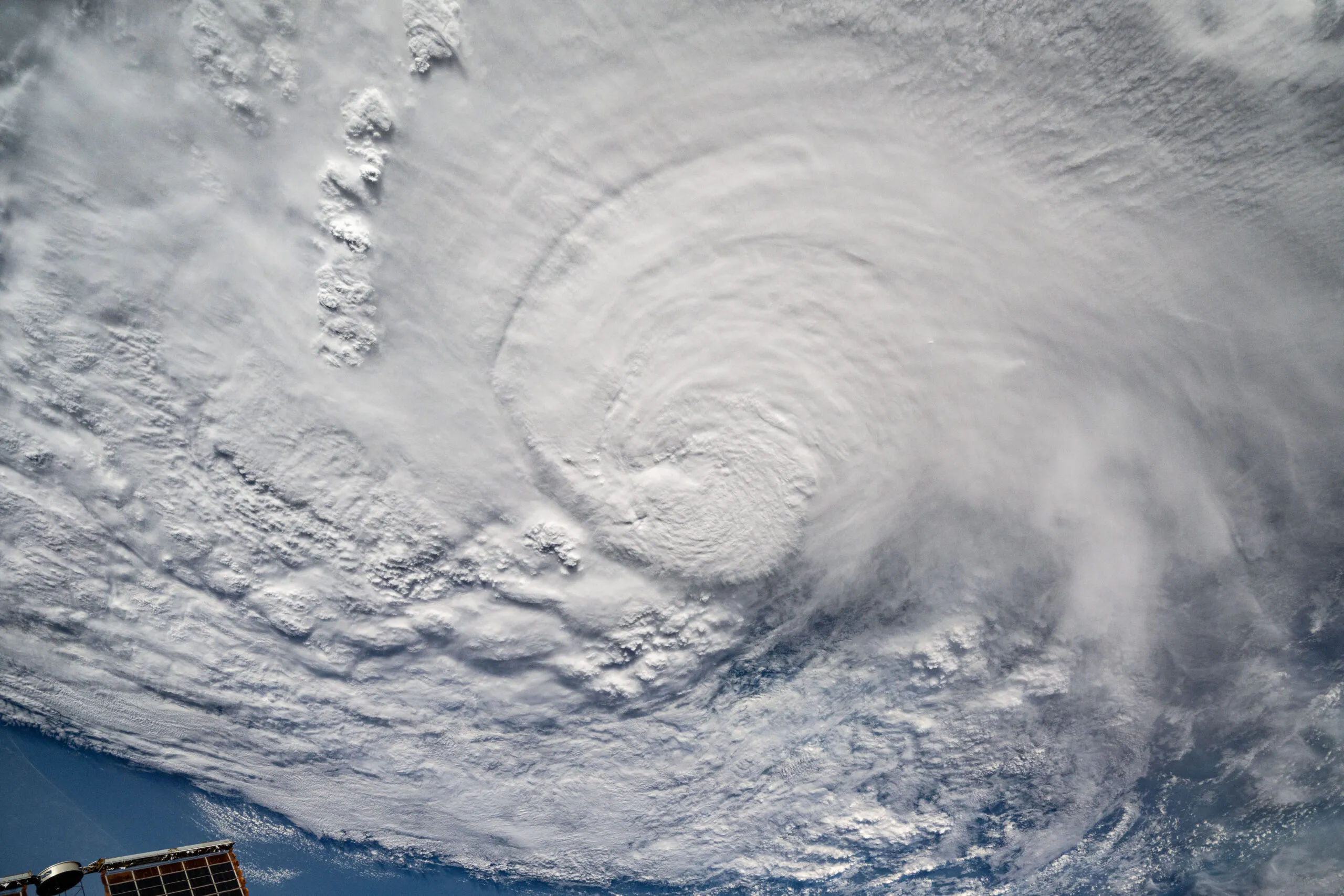The storm’s rapid intensification made it one of the strongest ever in the Gulf of Mexico, arriving just weeks after Hurricane Helene disrupted millions of lives. CARE partner Feeding Tampa Bay’s relief efforts began in earnest immediately as the storm left Florida.
Through our partner support, we have so far had 43 trailer loads of food, water, hygiene supplies, cleaning supplies, flood kits, tarps, baby food, and pet food ALL in the last 13 days!
Feeding Tampa Bay is here for our community: prepped, stocked and ready for #hurricanemilton. pic.twitter.com/R0F98LZWrv
— Feeding Tampa Bay (@FeedingTampaBay) October 8, 2024
Milton’s fierce winds and heavy rainfall—up to 18 inches in some areas—left many communities submerged and streets impassable.
While Florida has a robust state emergency response team and is receiving funds from the Federal Emergency Management Agency, post-disaster studies have shown that these systems don’t always reach communities that, for various reasons, struggle to access their services.
As of Friday morning, many people in the region remain without electricity, particularly in central Gulf Coast areas like Hardee, Sarasota, Hillsborough, and Manatee counties. And, of course, Milton made landfall less than two weeks after Hurricane Helene devastated the southeastern U.S., leaving 230 dead and millions more struggling to recover.
This is when CARE has found its work is most crucial.



